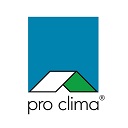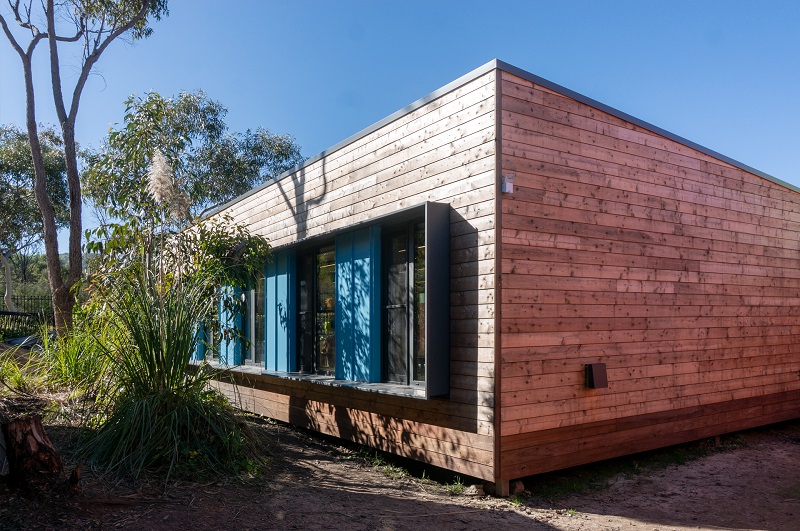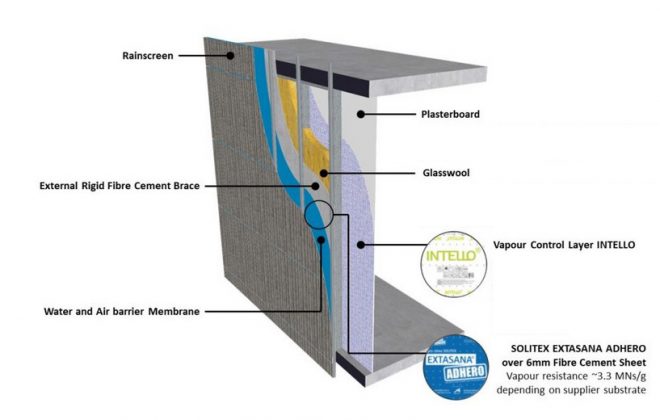German School Buildings Top The Class
Mass timber: The healthy choice for our education sector
The German International School Sydney (GISS) has a stated philosophy that demands measurable outcomes for its students. It should come as no surprise therefore that the school sought measurable outcomes from its latest round of infrastructure expansion too.
A growing problem
GISS, then the German School Johannes Gutenberg, was founded in 1989 with a cohort of 28 students enrolled from kindergarten to year four. The school rapidly outgrew its original Prospect site and by 1993 had moved its eight classes totalling 79 students to bigger premises in Ryde.
A funding injection from Germany in 2006 allowed the growth to continue apace in a purpose-built facility abutting the Ku-ring-gai Chase National Park in leafy Terrey Hills. Subsequent Australian Government grants in 2010 funded further classrooms and a library to be added. With a full, multilingual program in place and struggling to meet ever-growing demand for places, the school sought an interim solution to the need for more space.
The answer would come in the form of a reimagined version of the ubiquitous Australian “demountable”.
A passive solution
GISS has a long-term, masterplan in place but needed a sustainable, short-term solution to bridge the gap. The school urgently required more classroom space. Enter German-born Coledale based, architect Knut Menden from betti + knut, was engaged and would effectively turn the notion of an underperforming portable classroom on its head.
“A major focus of our work is prefabricated, mass timber structures,” says Menden.
“We utilise Passivhaus design principles as we believe it is essential to minimise a building’s impact on the natural environment with low energy use that helps to create sustainable and healthy living environments.” Knut Menden, Architect
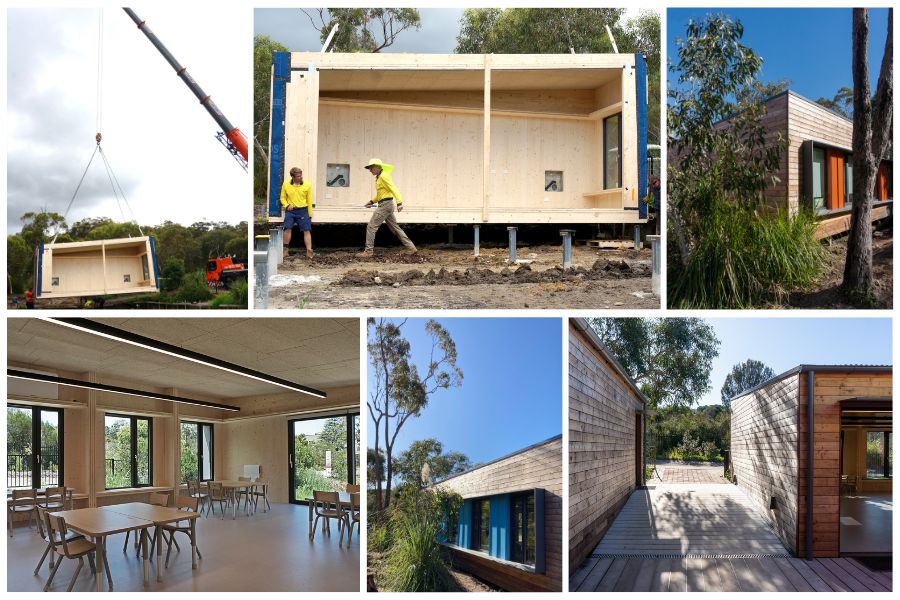
The team set out to build sustainable portable classrooms at a reasonable cost and within a delivery timeline at least equivalent to traditional portable classrooms. Most importantly, the classrooms needed to attain the International Passive House Standard by using timber as the primary construction material.
The project became known as s.e.ed. The prototype buildings would deliver new s-ustainable, e-nvironmental ed-ucation spaces that offer a healthy, viable alternative to the traditional demountable.
A sustainable outcome
The mass timber classrooms were prefabricated and assembled off-site by Canberra-based builder Raico Pacific. The five modules were delivered to the site, craned into place and each one took less than 90 minutes to install.
The classrooms are designed and built to the International Passive House Standard, allowing for filtered, clean air and thermal comfort year-round, whilst simultaneously reducing heating and cooling demands by up to 90 per cent.
The mass timber construction counteracts humidity levels by reabsorbing humidity during wet weather and releasing it in dry weather, passively helping to balance the indoor comfort levels. Importantly, the mass timber creates a natural conduit between the buildings and the surrounding Australian native bush.
Heat Recovery Ventilation (HRV) units supply clean, fresh filtered air into the building maintaining a constant and comfortable room temperature. The benefit of this to students with asthma or allergies cannot be overstated.
The HRV units are an important feature during the region’s lengthy bushfire season. Their efficient filters help keep classroom CO2 levels below a critical 1000 ppm when outdoor air conditions are poor.
The demand for portable classrooms across Australia means s.e.ed.’s could soon become an integral part of the education sector’s move to sustainable growth options.
Product Information GISS Case Study
-
SOLITEX EXTASANA®
-
SOLITEX MENTO® 5000
-
TESCON EXTORA®
-
TESCON EXTOSEAL®
-
TESCON® NAIDECK
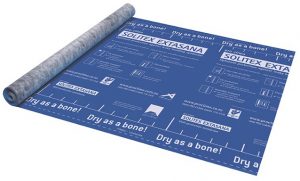
SOLITEX EXTASANA® wall underlay provides the best weather protection layer for your walls under all conditions. It protects the building from wind, driving rain, and other external sources of water, whilst allowing any internal moisture to escape through the vapour permeable, non-porous TEEE* layer.
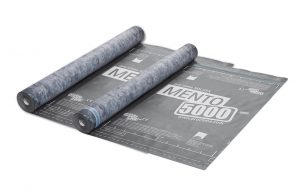
SOLITEX MENTO® 5000 provides superior weather and condensation protection for your roof, under all weather conditions. Excellent UV resistance (180 exposure); high vapour permeability and long-term durability.

TESCON EXTORA® weathertight and vapour permeable sealing tape - an essential component of all weather resistive barrier (WRB) systems. It is compatible with membranes and underlays as well as rigid sheathings, rigid wall underlays and rigid air barriers (RAB).
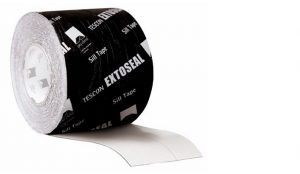
TESCON EXTOSEAL® sill tape is a flexible flashing tape for use around framed joinery openings as part of flexible or rigid weather resistive barrier (WRB) systems. It provides optimum weather protection around penetration openings, under all conditions.
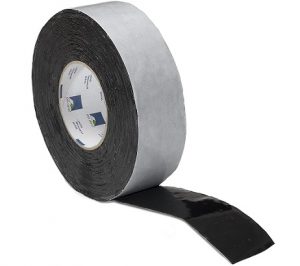
TESCON NAIDECK® sill tape is a flexible flashing tape for use around framed joinery openings as part of flexible or rigid weather resistive barrier (WRB) systems. It provides optimum weather protection around penetration openings, under all conditions.
